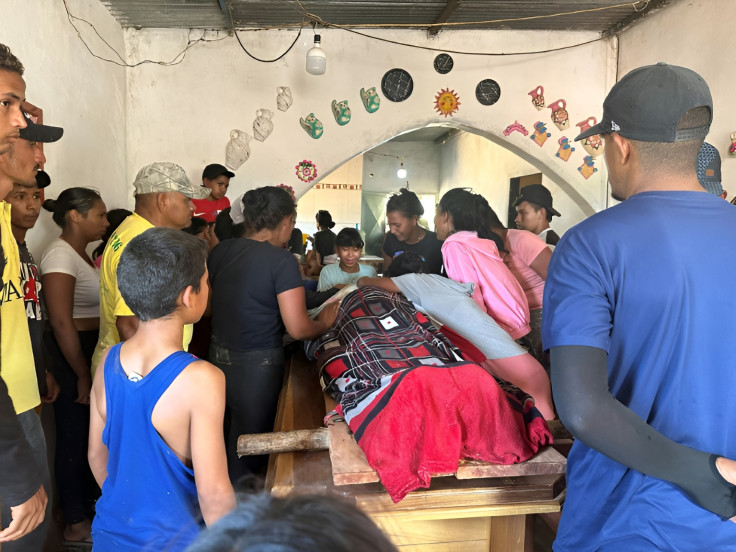
The ongoing search for missing workers after the collapse of an illegal mine in Venezuela on Thursday has once again drawn global attention to the risks associated with this practice in the region, endangering lives and causing significant damage to the environment.
At least 23 people have been confirmed dead in the tragic incident, Yorgi Arciniega, the mayor of the Angostura municipality, told AFP news agency late on Wednesday. The national government has confirmed 16 deaths so far.
However, Venezuelan officials expect the number to rise. Deputy Minister of Civil Protection Carlos Perez Ampueda described the toll as "massive," although no specific numbers were provided. AFP informed that officials estimated approximately 200 people were working in the mine.
The incident took place on Tuesday at the "Bulla loca" mine in the state of Bolivar, which is a seven-hour boat ride away from the nearest town, La Paragua. This illegal open-pit mine had been operational for less than 6 months, and the collapsed section was estimated to be at least 30 meters deep.
It is not the first time that workers have lost their lives in these kinds of illegal mines. In mid-2023, another one of these excavations collapsed, resulting in 12 fatalities. According to an investigation by El País and Armando.Info, in the states of Bolívar and Amazonas, where the incident occurred, there are 3,700 active mining sites and a network of clandestine trails used for trafficking gold and drugs.
The boom of illegal mines has a detrimental impact on the environment, even in protected areas of the Amazon. A recent report by the Venezuelan NGO 'Clima 21' revealed that more than 30 rivers had been polluted by these activities, with mercury and other mining elements found in the basins of the Cuyuní, Caroní, and Caura rivers.
"The environmental impacts associated with this type of mining are the alteration in the channels and dynamics of the rivers; the deforestation of gallery forests; the destruction of landscapes; the erosion and undermining of river banks, and the deterioration of the quality of water due to mining waste, the use of mercury and leaks of fuel and lubricants, as well as organic waste from mining settlements and the increase in turbidity. All of this, in turn, generates the destruction of some smaller rivers, loss of biodiversity, and increased risk of flooding," the study of Clima 21 says.

There is also a growing human rights impact in that region, dubbed 'Arco Minero del Orinoco,' by President Nicolás Maduro in 2016.
A 2020 report by the Office of the United Nations High Commissioner for Human Rights reported that people working in that region "are trapped in a widespread context of labor exploitation and high levels of violence by criminal groups that control the mines in the area."
The report details that criminal groups, locally known as 'Sindicatos', engage in practices such as deciding who enters or exits the mining areas, applying cruel physical punishments to those who break their rules and profiting from all activities in the mining areas, including resorting to extortion practices in exchange for protection.
According to the United Nations office, miners work 12-hour shifts, descending into deep pits without any protection. The 'Sindicatos' require the workers to pay around 10-20 percent of what they earn to them, and an additional 15-30 percent to the owner of the mill where rocks are crushed to extract gold and other minerals.
Additionally, several individuals interviewed for the report suggested that since 2016, there has been a significant increase in prostitution, sexual exploitation, and trafficking in the mining areas, including teenagers. The UN Human Rights Office also received reports that children as young as nine years old work in the mines.
© 2025 Latin Times. All rights reserved. Do not reproduce without permission.





